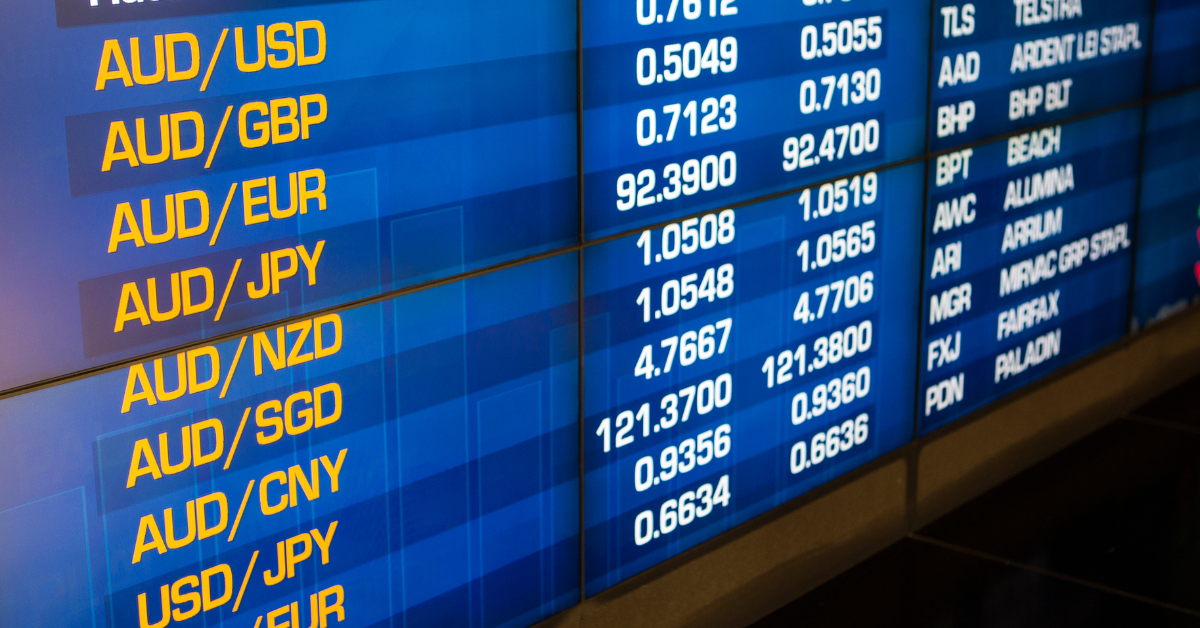FX Hedging is not Gambling
This article was written by HedgeFlows Many finance professionals in small corporations find dealing with foreign currencies quite challenging. Surprisingly, only 4% of UK SME exporters hedge their currency risks, while some businesses still consider FX forwards to be a form of gambling. This raises a question: why do most major corporations adopt FX hedging…

4 WAYS TO ASSESS YOUR COMPANY’S FOREIGN EXCHANGE EXPOSURE
This article is written by GPS® Capital Markets When you take a close look at any business’s operations, most planning and management are determined by the company’s size and vertical. When I’ve talked to executives about how they run their companies, the consensus is that there’s a mountain of difference between how to approach a…

Exchange Rates and How they Affect Every Business
The world has gotten more connected through globalization and advances in technology. This has changed the way small business owners operate. And the burning question many businesses are asking is how exchange rate affect business? In the past, small businesses usually focused on their local area. They made and sold products or services to people…

10 Factors that Influence Exchange Rates between Currencies
Have you ever wondered about the factors that influence exchange rates? Aside from interest rates and inflation, a country’s exchange rate tells you a lot about how healthy its economy is compared to others. Understanding the dynamics of exchange rates between currencies is crucial for both investors and businesses operating in the global market. The…

Navigating the Foreign Exchange Market: Its Functions, Players, and Importance to Business Owners
Functions of the foreign exchange market